Japanese Wagyu Breeds & Brands: From A5 Grades to Kobe Beef
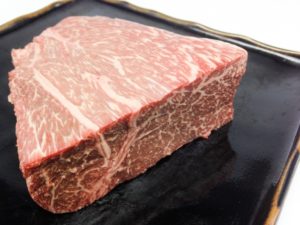
What’s the difference between Wagyu, Kobe, and A5 beef?
Many travelers assume these terms are interchangeable—but they’re not. In Japan, “Wagyu” refers to a select group of native cattle breeds, while “Kobe” is a famous brand within one of those breeds. And “A5” isn’t a breed or brand at all—it’s a grade. Confused? You’re not alone.
This guide breaks down the essential facts about Japanese Wagyu: its official breeds, world-renowned regional brands like Kobe and Matsusaka, and the true meaning behind A5 grades. Whether you’re a first-time visitor or a seasoned gourmet, this article will help you make informed, delicious choices when dining in Japan.
What Is Wagyu?
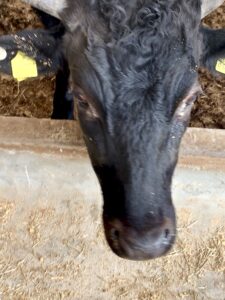
Understanding the Basics
The True Meaning of “Wagyu”
The term “Wagyu” literally means “Japanese cow” (wa = Japanese, gyu = cow), but it’s far more specific. It refers to four official native breeds raised under strict regulations. Wagyu are beef cattle bred for taste—not for milk—and known for their tenderness and rich umami.
Wagyu vs. Other Types of Beef
In Japan, “Wagyu” is not a generic term — it refers only to a few specific breeds with certified bloodlines, strictly defined by the government. This level of regulation is unique to Japan. Unlike in other countries, where the line between dairy and beef cattle can be vague, Japan draws a clear distinction: Wagyu are beef cattle, purposefully bred for flavor and texture — not for milk.
Breeds like Holstein, Jersey, and Brown Swiss are used for dairy. They are not Wagyu. Only native Japanese beef cattle, raised under exacting standards, can carry the Wagyu name. This exclusivity is part of what makes Wagyu so special — and so sought after worldwide.
The Four Official Japanese Wagyu Breeds
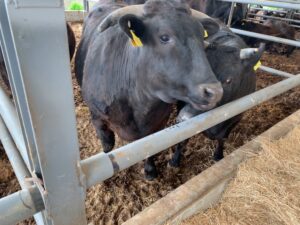
1. Japanese Black (Kuroge Washu): The A5 Benchmark
Japanese Black, or Kuroge Washu, makes up an astonishing 98% of all Wagyu cattle in Japan. It is the breed behind nearly every A5 Wagyu you’ll find — known for its rich marbling, soft texture, and luxurious flavor.
The breed’s roots lie in native black-haired cattle from western Japan, especially the Tajima region. In the early 1900s, these cattle were selectively crossbred with European breeds to improve size and quality. After decades of refinement, the name “Kuroge Washu” was officially established in 1944.
Most of today’s Japanese Black cattle descend from a legendary bull named Tajiri-go, born in Hyogo. This bloodline is the foundation of famous brands like Kobe, Matsusaka, and Omi Beef. No other Wagyu breed has been engineered so precisely to produce A4–A5 grade beef, making it the global gold standard for premium Wagyu.
2. Japanese Brown (Akaushi): Rich Flavor, Less Fat
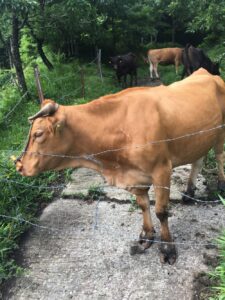
Japanese Brown — or Akaushi — is a rare Wagyu breed known for its rich flavor and lower fat content. It represents only about 1.3% of all Wagyu in Japan, making it a hidden treasure for beef enthusiasts.
The Kumamoto strain of Akaushi comes from the native red cattle of the Aso region, also known as Aso Akaushi. These cattle were originally used as working animals to plow the hard volcanic soil around Mount Aso. Over time, they were selectively bred with Simmental and Korean cattle to improve their meat quality, resulting in the modern Kumamoto-line Akaushi. This is not derived from Japanese Black, but from a unique red cattle lineage.
Unlike Japanese Black, Akaushi produces less marbling but develops fine, thread-like fat streaks within the meat, depending on how it’s raised. This creates a superior quality of lean beef, with a clean, elegant flavor and natural tenderness that highlights the true taste of red meat.
Akaushi offers a unique expression of Wagyu — one defined by its regional heritage, balanced composition, and deeply satisfying flavor that reflects the strength of its lineage.

At QUNIOMI, we offer something rare: a quiet, bistro-style dinner in Ebisu centered around Kumamoto Akaushi, a lean and healthy type of Wagyu that represents just 1.3% of all Japanese Wagyu.
3. Japanese Shorthorn: Bold Taste for Beef Lovers
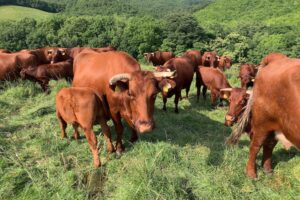
Japanese Shorthorn — or Nihon Tankaku Washu — is one of Japan’s rarest Wagyu breeds, accounting for just 0.6% of total production. It originated in the early 20th century in Tohoku’s former Nanbu domain, where farmers protected a unique local cattle known as Nanbu-ushi.
In 1901, these native cows were crossbred with British Shorthorn bulls, producing a tough, cold-resistant breed suited to Japan’s north. Today, they’re raised mostly in Iwate and Hokkaido, with some farms still using traditional “summer mountain, winter village” grazing methods.
Unlike other Wagyu, Shorthorn beef contains zero marbling. It is defined by its pure red muscle, firm texture, and deep, mineral-rich flavor. The meat can be challenging to prepare due to its strength and density, which is why it’s often called a “chef’s challenge.”
Japanese Shorthorn reflects a distinct philosophy in Wagyu — one that emphasizes natural umami and muscular intensity over fat content. It offers a unique experience rooted in regional tradition and purity of flavor.
4. Japanese Polled: The Rare, Muscle-Rich Breed
Japanese Polled — or Mukaku Washu — is the rarest of Japan’s four Wagyu breeds, representing just 0.01% of all Wagyu cattle, with only about 200 head remaining, all raised exclusively in Yamaguchi Prefecture. It was officially recognized as a Wagyu breed in 1944.
The breed was developed by crossbreeding native Mishima cattle — a pure, indigenous line raised on a remote island and designated as a national natural treasure — with Aberdeen Angus bulls from Scotland. The result is a naturally hornless, compact, and muscular black-coated animal, distinct from other Wagyu in both appearance and character.
Unlike Japanese Black, Japanese Polled produces no visible marbling. Its meat is defined by firm red muscle, moist texture, and a deep, concentrated umami flavor that grows with every bite. The high amino acid content enhances the savory profile, making it a rare treat for those who value the true essence of beef.
With production limited to just one region and a tiny population, Japanese Polled offers one of the most pure, muscle-rich expressions of Wagyu, rooted in heritage and restraint rather than indulgence.
Famous Wagyu Brands:
Kobe, Matsusaka, and More
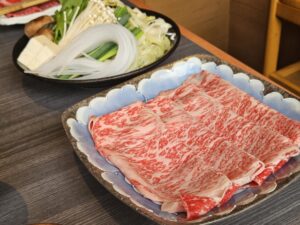
Japan is home to over 300 regional Wagyu brands, but a few have earned worldwide fame:
- Kobe Beef: Produced from Tajima-line Japanese Black cattle raised in Hyogo Prefecture. It must meet strict grading and lineage requirements.
- Matsusaka Beef: Known for its rich marbling and luxurious texture, from virgin female cattle raised in Mie Prefecture.
- Omi Beef: Japan’s oldest Wagyu brand, produced in Shiga Prefecture with a focus on smooth fat and clean taste.
These brands are all derived from Japanese Black cattle—but their differences lie in regional feed, climate, handling, and auction standards.
Understanding Wagyu Grades: A5 vs A4
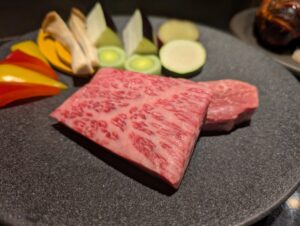
What Does “A5” Actually Mean?
Wagyu grading combines two scores: “A” to “C” for yield (how much usable meat), and “1” to “5” for quality (marbling, color, texture, fat quality). A5 is the highest possible score—but not necessarily the best for every dish.
A4 vs A5: Real Differences in Taste
In practice, many diners can’t tell A4 from A5 by taste alone. A4 Wagyu often has better balance for steaks, while A5 may be too rich for some. Grading is done visually by trained experts—not machines—so overlaps happen.
A5 Wagyu shines in sukiyaki or shabu-shabu, where light cooking preserves its signature melt-in-your-mouth texture. For grilling or roasting, A4 may deliver more satisfying balance.

When most people think of Wagyu, they picture thick ribbons of creamy white fat woven through bright red meat. This intense marbling—especially in A4 or A5-grade Marbled Wagyu—has become a global symbol of luxury and indulgence.
How to Choose the Right Wagyu for You
Do you love buttery, high-fat beef that melts instantly? Then A5 Kuroge Wagyu or a brand like Kobe might be your top pick. Prefer deeper meat flavor and texture? Consider leaner breeds like Akaushi or rare cuts from Shorthorn cattle.
Also think about preparation: steak, shabu-shabu, French course, or yakiniku each bring out different strengths in Wagyu types. There’s no one-size-fits-all—only what suits your taste and the moment.
👉 Curious why some top-quality Wagyu never gets an A5 grade?
Discover the truth behind lean Wagyu and why it’s Japan’s hidden gem:
Lean Wagyu vs Marbled Wagyu: What’s the Difference? →